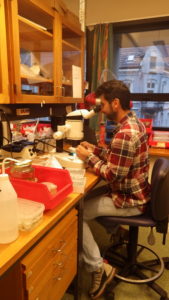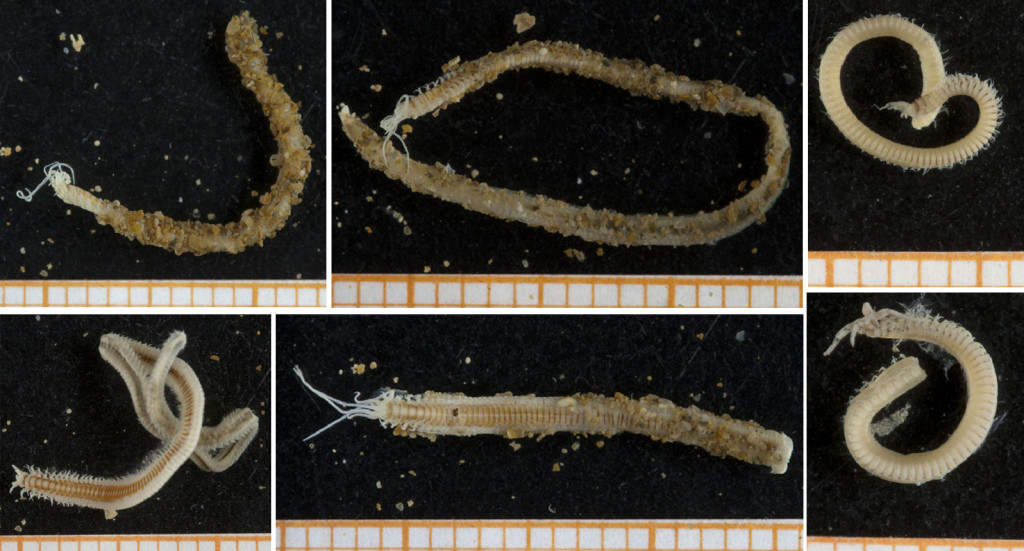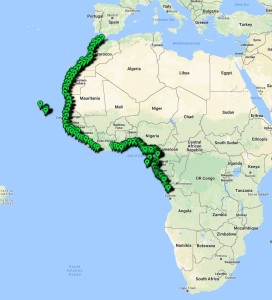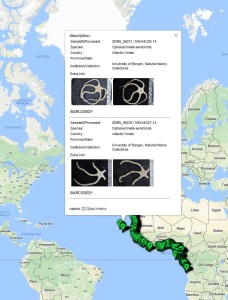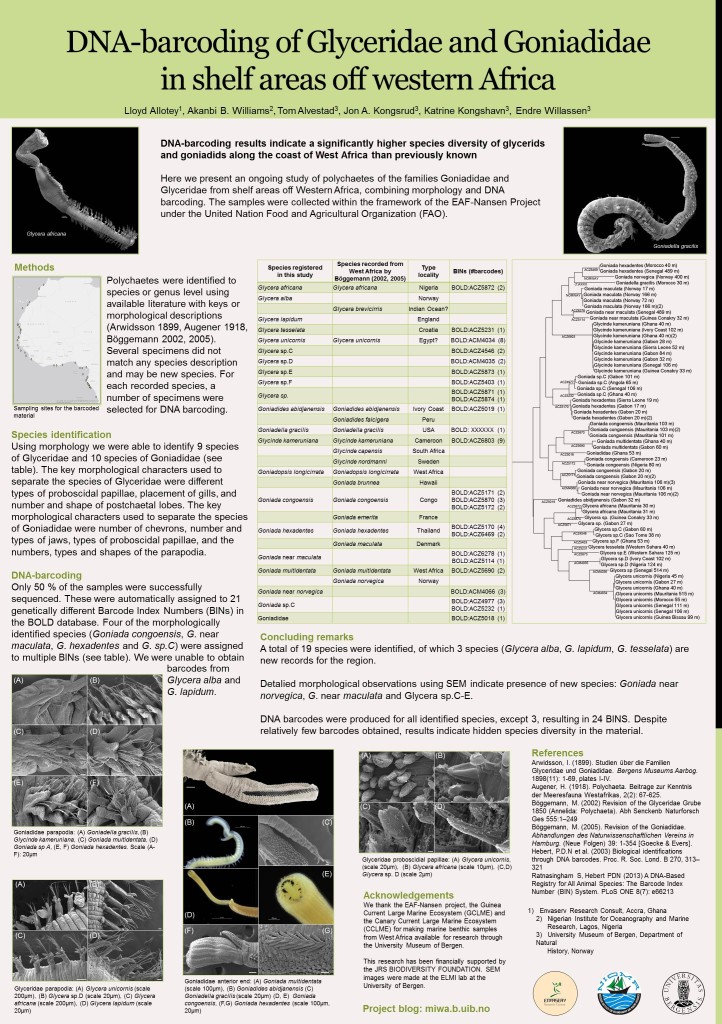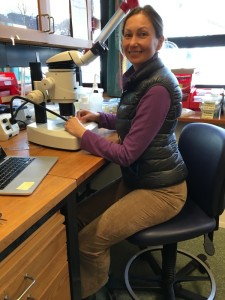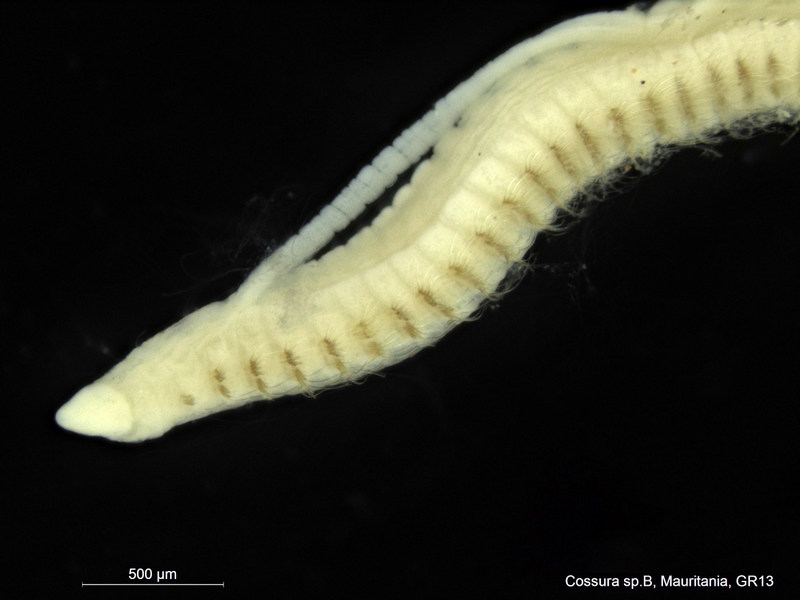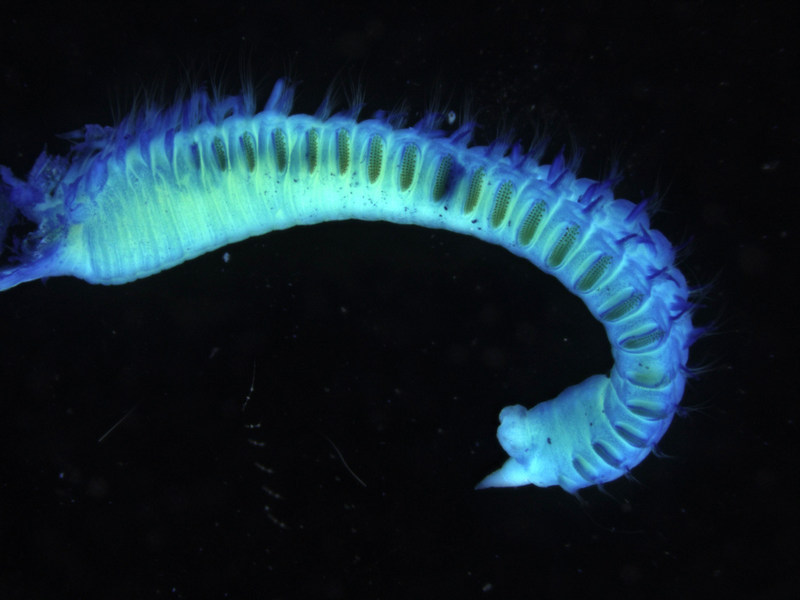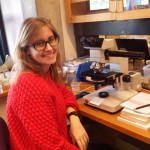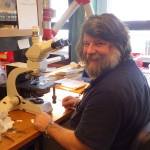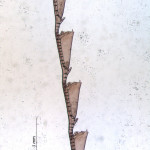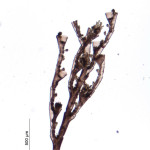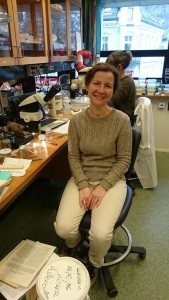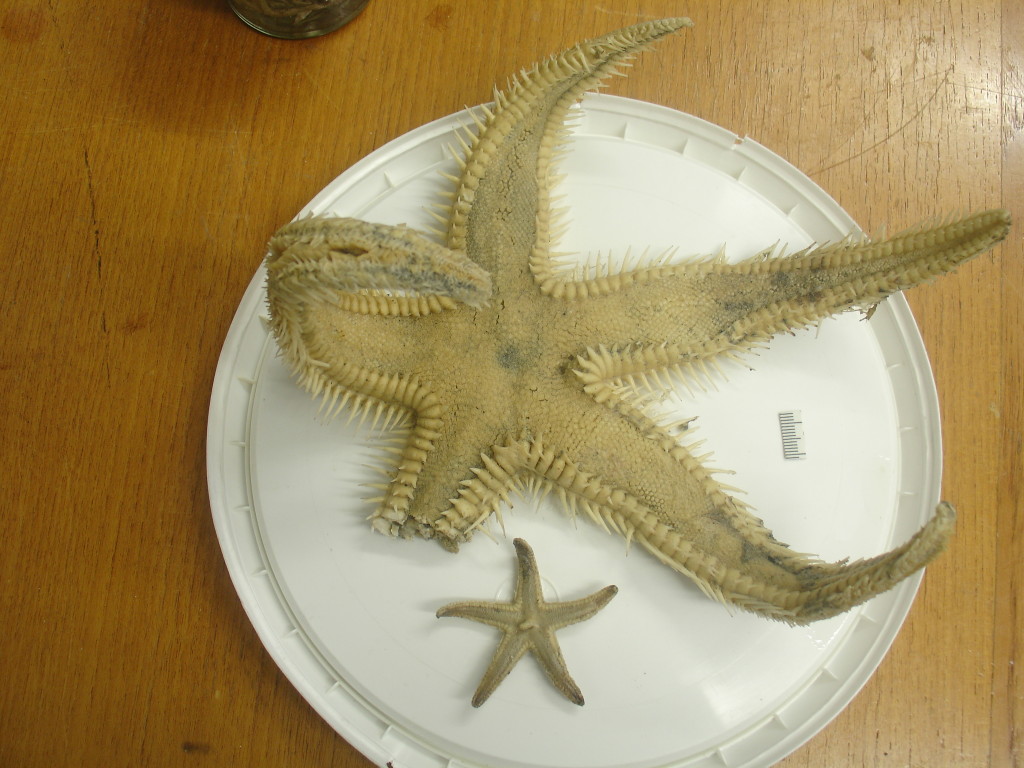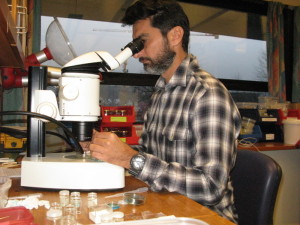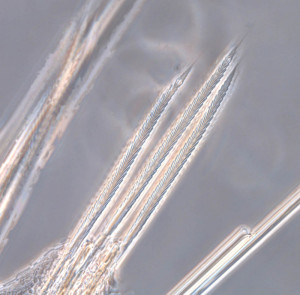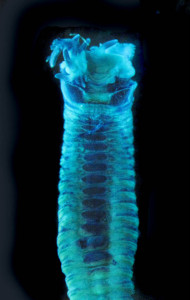Today, the mail brought us this:
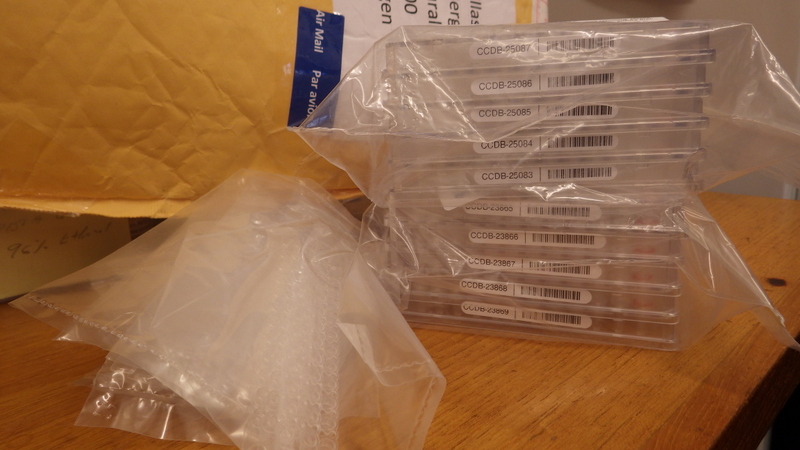
New plates for tissue samples!
A good thing too, as we were running out of plates to fill. We are currently busy preparing four (possibly five) plates of material from the west coast of Africa.
-
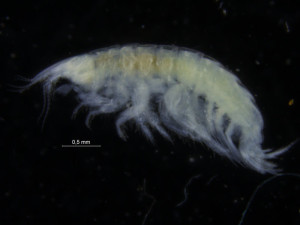
-
A Basuto stimpsoni from Guinea Bissau
-
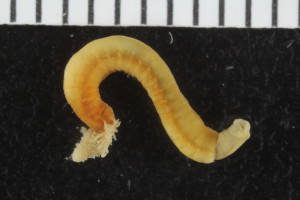
-
A Pista lornensis from Senegal
-
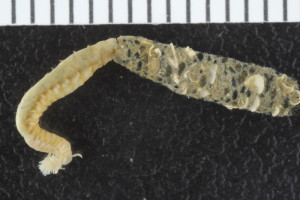
-
A Pista sp from Senegal
-

-
Amphicteis sp from Morocco
-
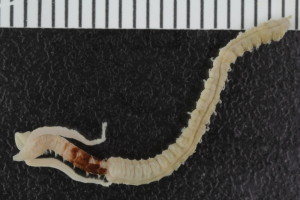
-
Kate ended up giving interim names to the species she could distinguish morphologically – this is species # 10, from Guinea
There will be one plate of Amphipoda, which we have not submitted from this region previously (resulting from the workshop that Anne Helene and Ania had in December).
The remainder of the shipment will be polychaetes that have been identified both by our resident taxonomists and the guests that came here to work on the material over the past couple of months; São, Julio, Kate, and –most recently – Mario.

Mario at work in the lab
Mario arrived here on the 4th of January, and stayed for a month – we’ll make a proper post about his work here in a bit (he is currently on his way to field work in the Antarctic, but has promised a post later on). His main field of interest are Terebellomorph polychaetes, and he focussed especially on the genus Pista during his stay.
So now we are working on organizing, photographing, cataloguing and otherwise preparing the material – our guest have been busy, so there is a wealth of new data to deal with.
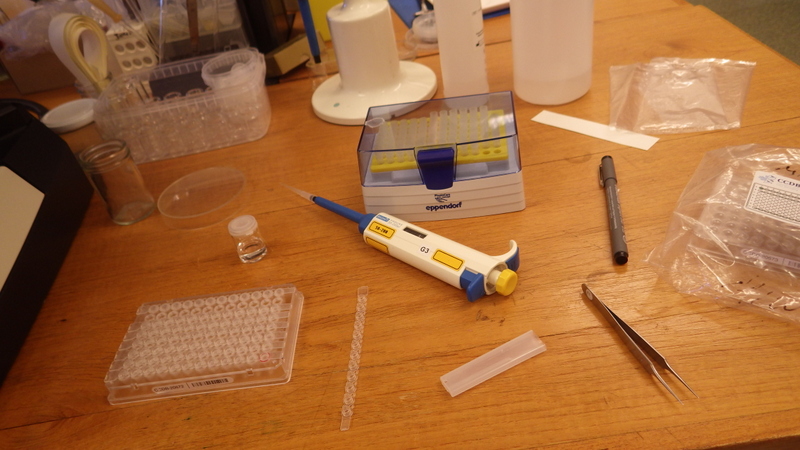
Tools of the trade
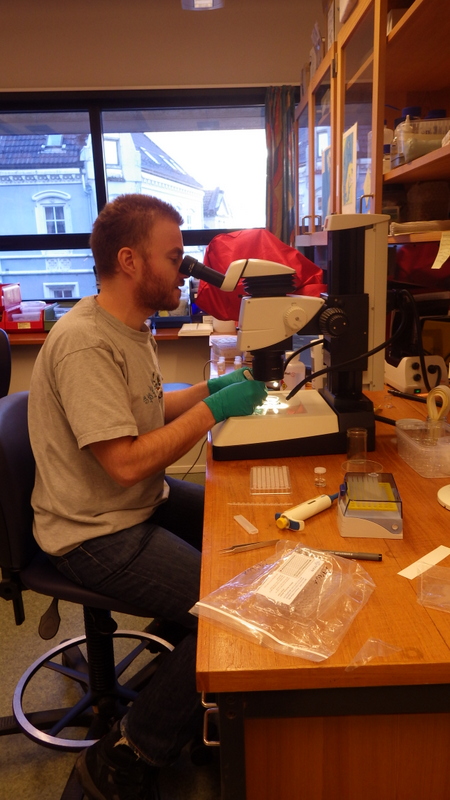
Tom taking tissue samples for two plates of Ampharetidae and other Terebellomorph polychaetes

Photos and data entry
We have new guests arriving in a few days; there’s plenty to do. Stay tuned for updates!
Let’s hope for successful sequencing and many interesting results!
PS: make sure to check invertebrate.w.uib.no this Friday (the 12th) for some Biodiversity Love; the JRS Biodiversity Foundation has asked us to
“Please share your love of biodiversity this Valentine’s Day with the hashtag #bdvalentine. Have fun and help raise awareness of biodiversity and conservation! This is a chance to draw your audience to your social media and to express appreciation for your partners, grantees, collaborators, or someone you love.”
We are joining in, don’t miss out!
#bdvalentine

